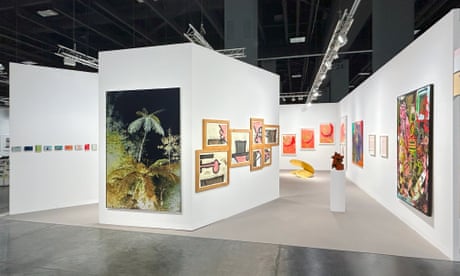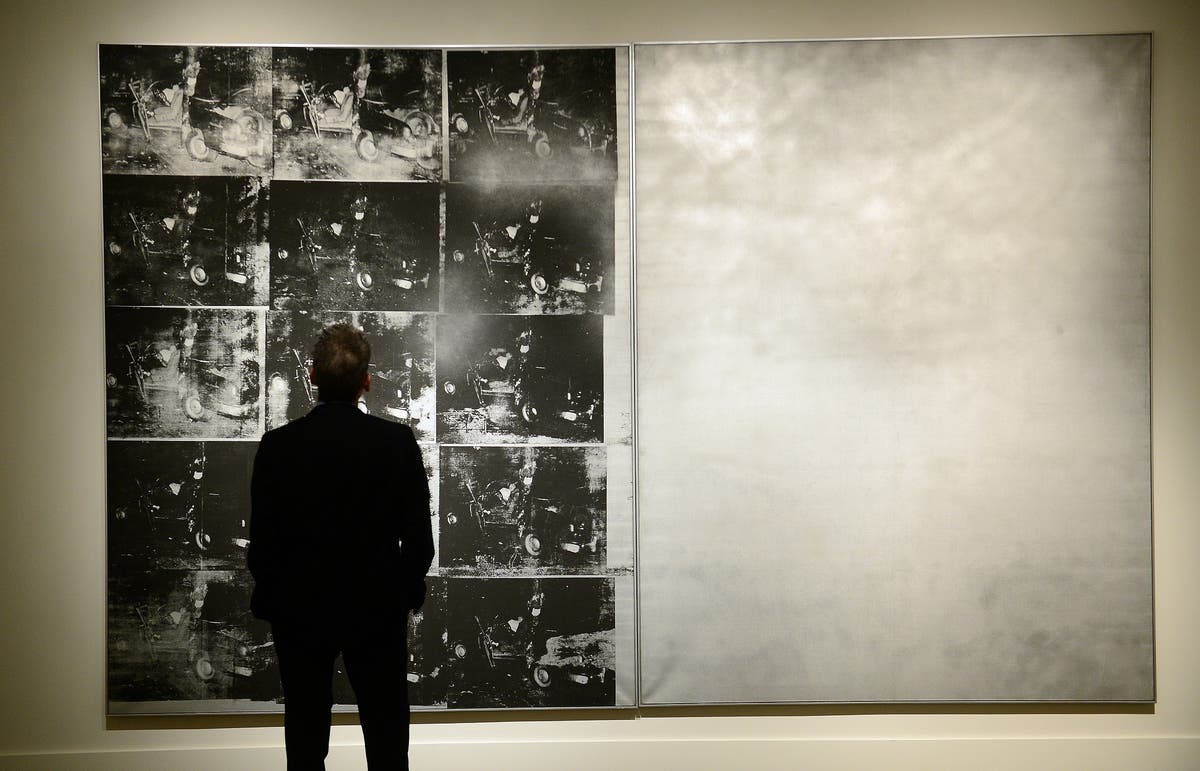Cardón Cardinal
2020 - Film & Video (Film & Video)
38:37 minutes
Patricia Esquivias
Cardón Cardinal by Patricia Esquivias is part of a series of video works in which the artist develops a narrative in front of her computer screen. In this work, the computer sits on a covered piano keyboard, and the reflection of the artist is sometimes visible on the black surface. Cardón Cardinal is a collage of references that revolve around the removal and displacement of a 46 foot tall Pachycereus pringlei , a type of giant cactus also known as a cardón , from Baja California, Mexico to Seville, Spain. The titanic enterprise was carried out by Mexican authorities on the occasion of the Seville Expo ‘92—marking 500 years since the arrival of the Spaniards in America—and was later donated to Spain in perpetuity. Renowned architect Pedro Ramírez Vázquez, who designed many of Mexico’s landmark state architecture, was in charge of the design of Mexico’s Expo ‘92 pavilion, which has since found new uses. Sadly, the cactus now sits in a parking lot built on what used to be the garden surrounding the Mexican pavilion. In her video, Esquivias brings together various references, from the history of plant transits from America to Spain, to firsthand accounts of people who witnessed the removal of the cactus in 1992, to its current state in Seville. She resorts to popular culture to tell the stories; citing the famous Mexican film and song La Ley del Monte to convey the reemergence of things that have been obliterated. In the film, a couple carves their names in a maguey, but after marrying someone else, the woman cuts the leaf to erase the evidence. However, the leaf grows back again with their names written on it. As part of the project, Esquivias also collaborated with a group of children who travelled to Seville to create performances about the many stories that surround the fate of this cactus. The footage of their plays serve as reenactments to thread Esquivias’s narrative. Ultimately, the work offers a song to the cactus, taking cue from Malinalco’s Agustinian convent frescoes in which Indigenous scribes painted the Nahua glyph for speech among flowers, which the artist reads as songs amidst the florae.
Working primarily in video, Patricia Esquivias’s work focuses on the material remains of idiosyncratic occurrences that connect to larger historical narratives. She builds unexplored connections among history, popular and material cultures through her now characteristic videos in which the artist narrates stories in front of her computer screen, bringing different references into play. Many of her works explore minor, anecdotal stories connected to the relationship between Spain and Latin America, subtly revealing larger historical developments in an almost rhizomatic way. She is particularly interested in popular architecture and ornament as anchors to explore, for example, the changing nature of cities, focusing on the experience of the users rather than on grandiose theoretical frameworks of analysis.
Colors:
Related works sharing similar palette

© » KADIST
Leslie Shows
Human Quarry is a large work on paper by Leslie Shows made of a combination of acrylic paint and collage...

© » KADIST
Yuyan Wang
2022One Thousand and One Attempts to Be an Ocean by Yuyan Wang reflects on the experience of not being able to see the world with depth perception...

© » ARTS EQUATOR
The working processes of artists: Sabrina Poon | ArtsEquator Thinking and Talking about Arts and Culture in Southeast Asia Articles April 27, 2020 Singaporean filmmaker Sabrina Poon, better known as Spoon, talks about her work and the value of storytelling by breaking down three of her short films – Sylvia , Hello Uncle and Pa ...

© » KADIST
Pierre Leguillon
2008End of 2008, Pierre Leguillon presented at KADIST, Paris the first retrospective of the works of Diane Arbus (1923-1971) organized in France since 1980, bringing together all the images commissioned to the New York photographer by the Anglo-American press in the 1960s...

© » KADIST
Asli Çavusoglu
2020In the exhibition Pink as a Cabbage / Green as an Onion / Blue as an Orange , Asli Çavusoglu pursues her work on color to delve into an investigation into alternative agricultural systems and natural dyes made with fruits, vegetables, and plants cultivated by the farming initiatives she has been in touch with...

© » KADIST
José Castrellón
2016Palo Enceba’o is a project by José Castrellón composed of three photographs, two drawings on metal, and a video work that creates a visual and cultural analogy between the events of January 9th, 1964 in Panama City and the game of palo encebado carried out in certain parts of Panama to celebrate the (US-backed) independence from Colombia...














